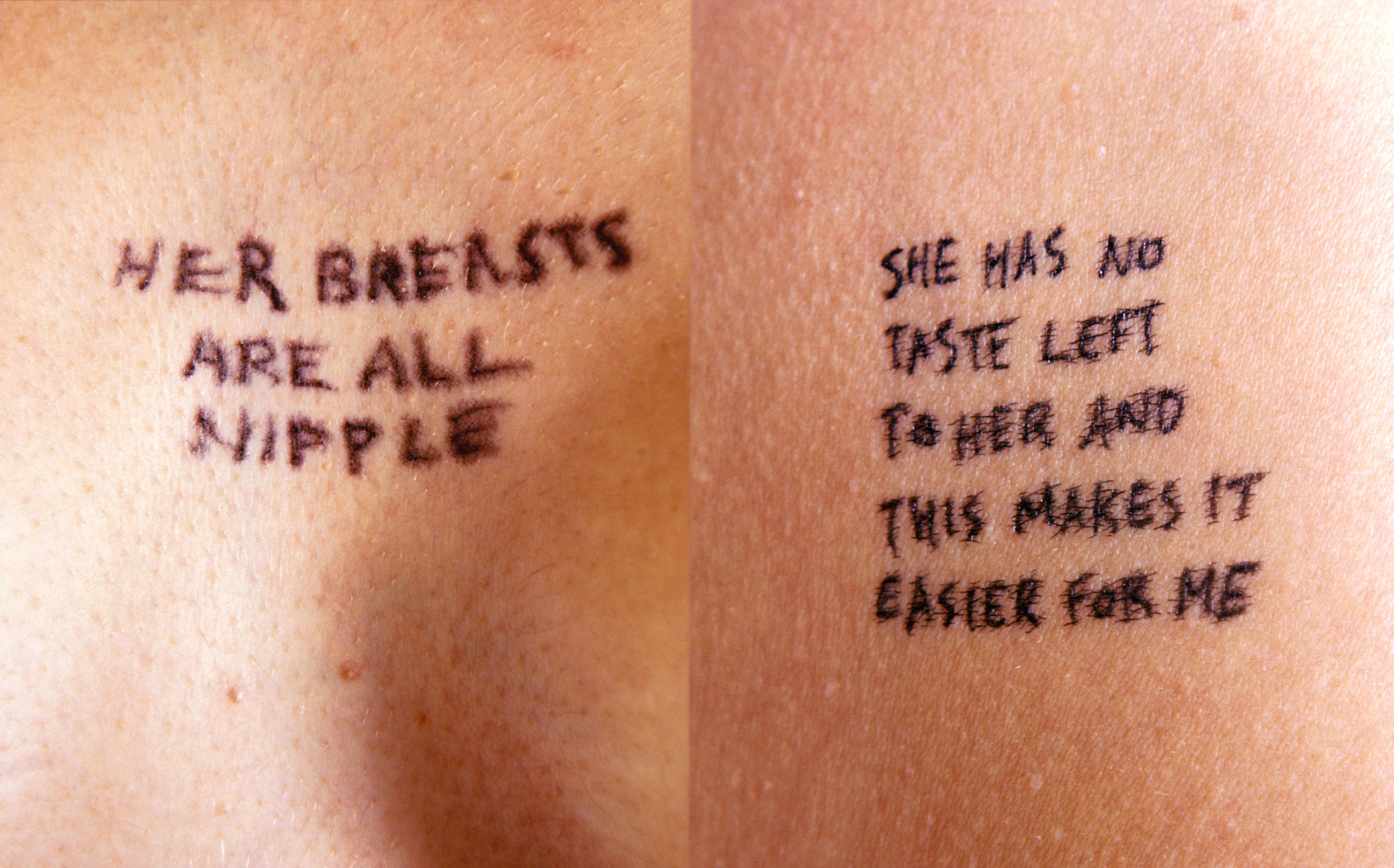On Thursday 28 September, SOFTER: Jenny Holzer at Blenheim Palace opened to the public. Holzer is the fourth contemporary artist — and notably the first female artist — to be invited to artistically respond to the 18th century palace in Oxfordshire. Holzer has developed an extensive body of new work that directly addresses the building’s military and political history, focusing on the intersection of power, conflict and resistance. For the first 12 evenings of the exhibition, a series of ten large-scale light projections will cover the entire facade of the palace. For those who miss out, a mobile app has also been developed for the exhibition, allowing users to superimpose digital artworks onto their own surroundings.
Inside the walls of Blenheim, Holzer has created multiple large LED installations in her signature style, including an audio installation that explicitly takes on the problematic and violent past of Blenheim Palace. Visitors can hear recordings of soldiers and recent war veterans narrating their experiences. The Not Forgotten Association recorded these testimonies — a British charity that supports service men, women and veterans suffering from combat injuries and other related challenges. The text in Holzer’s LED works and projections are from other eyewitness and first-hand accounts, which were provided by the Human Rights Watch and Save the Children. Extracts from Anna Świrszczyńska’s powerful poetry book Building the Barricade, written about the Nazi occupation of Poland and the Warsaw Uprising, have been inscribed into the stone benches exhibited in the Great Hall.
One of America’s most revered pioneers of contemporary art, Holzer has been engaging in issues of the public and private, the body politic and the state, fact and fiction, since the late 70s. By using aspects of mass media or popular culture, she has provoked and challenged assumptions about the role of art in society today. Her work has ranged from punchy one-liners to elegiac meditations on the human condition. Here, we look back on some of her most important works, demonstrating how she has remained one of the most cutting-edge, relevant and important artists of the last forty decades.

Truisms (1977-79)
Holzer started producing her Truisms while enrolled in the Whitney Museum of American Art’s esteemed Independent Study Program. Inspired by the director’s notorious critical reading list, and using the strategies of mass media and advertising, Holzer created hundreds of slogans culled from texts by Karl Marx, Bertolt Brecht, Susan Sontag, among others. Lines such as ‘ROMANTIC LOVE WAS INVENTED TO MANIPULATE WOMEN’ were printed cheaply on posters, and then pasted over Manhattan neighbourhoods. Later, Holzer began to broadcast these sentences on light displays. In 1982 she created her first large-scale LED sign, which was exhibited in Times Square, reading ‘PROTECT ME FROM WHAT I WANT.’ Other enduring, popular phrases — endlessly reproduced on t-shirts, posters, hats, bags, even condoms, are ‘ABUSE OF POWER COMES AS NO SURPRISE’ and ‘RAISE BOYS AND GIRLS THE SAME WAY.’

Inflammatory Essays (1979-82)
While the Truisms were confined to the length of one line, Holzer’s Inflammatory Essays consisted of passages of text — 100 words on 20 lines. Here, Holzer wanted to write about “things that were unmentionable or that were the burning question of the day”. The tone was both aggressive and conflicted; mixing far-left and far-right views from Mao, Lenin, Rosa Luxemburg, American anarchists, and right-wing religious fanatics.

Living (1981)
In Living Holzer devised short instructional texts which centred on an individual’s state of mind when confronted with acts of extreme violence; ‘IT TAKES A WHILE BEFORE YOU CAN STEP OVER INERT BODIES AND GO AHEAD WITH WHAT YOU WERE TRYING TO DO.’ The notion of survival and the threat of death embedded within her language centred on the body as an object of manipulation and signification. Three bronze plaques from Holzer’s Living series are currently exhibited at White Cube Mason’s Yard in their group exhibition From the Vapor of Gasoline.
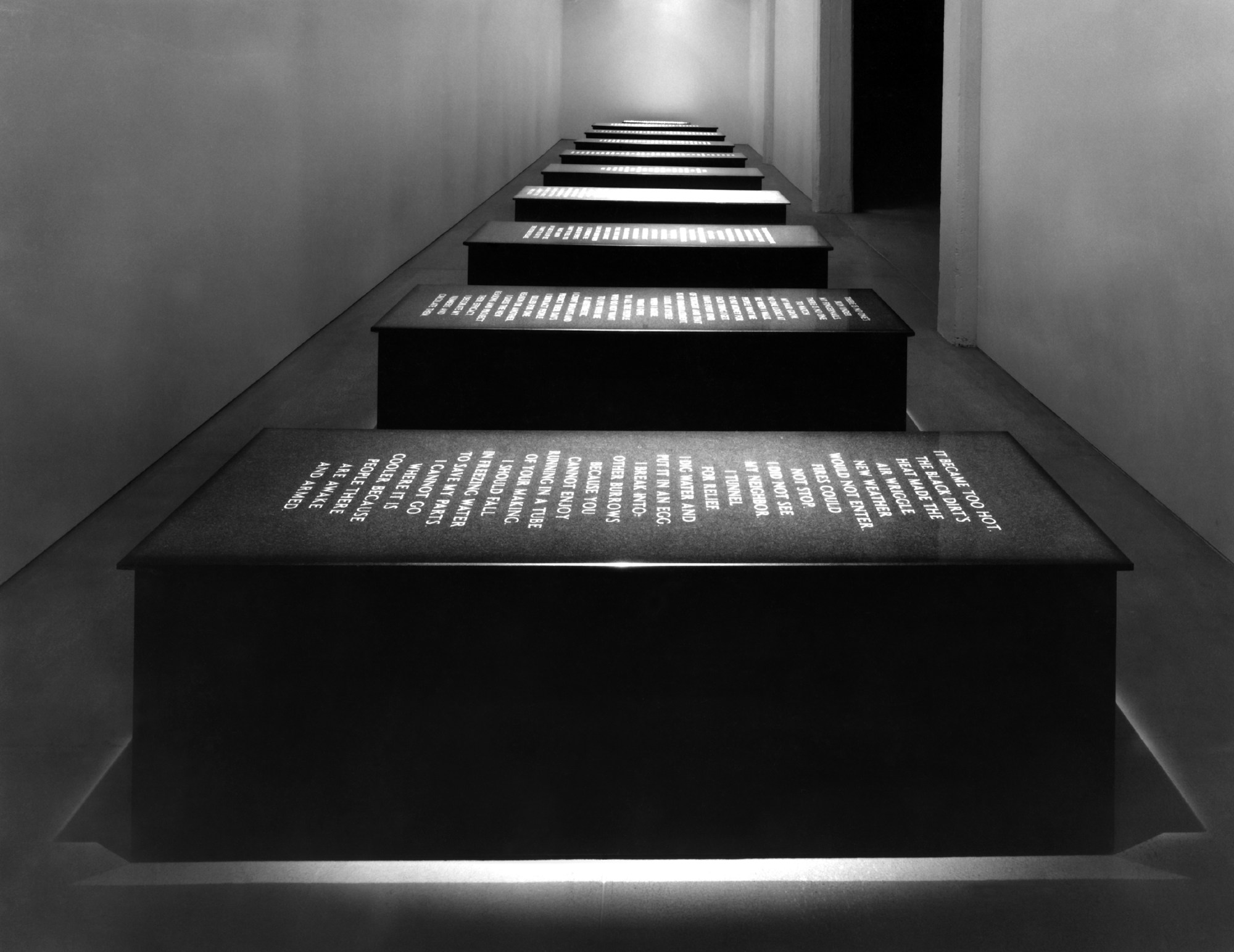
Laments, Dia Art Foundation in New York, 1989-1990
Laments was the result of a commission from Dia Art Foundation. Developed during the AIDS epidemic, and while Holzer was pregnant, it is an elegiac body of work that seeks to elevate “the voices of the dead… expressing the thoughts of one infant, two children, and ten adults before death”. Thirteen of these angst-ridden ‘lamentations’ were engraved into a row of stone coffins. LED lights, affixed to columns within the gallery space, were designed to echo these meditations in a graphic form, creating an experience of rapture and the sublime.
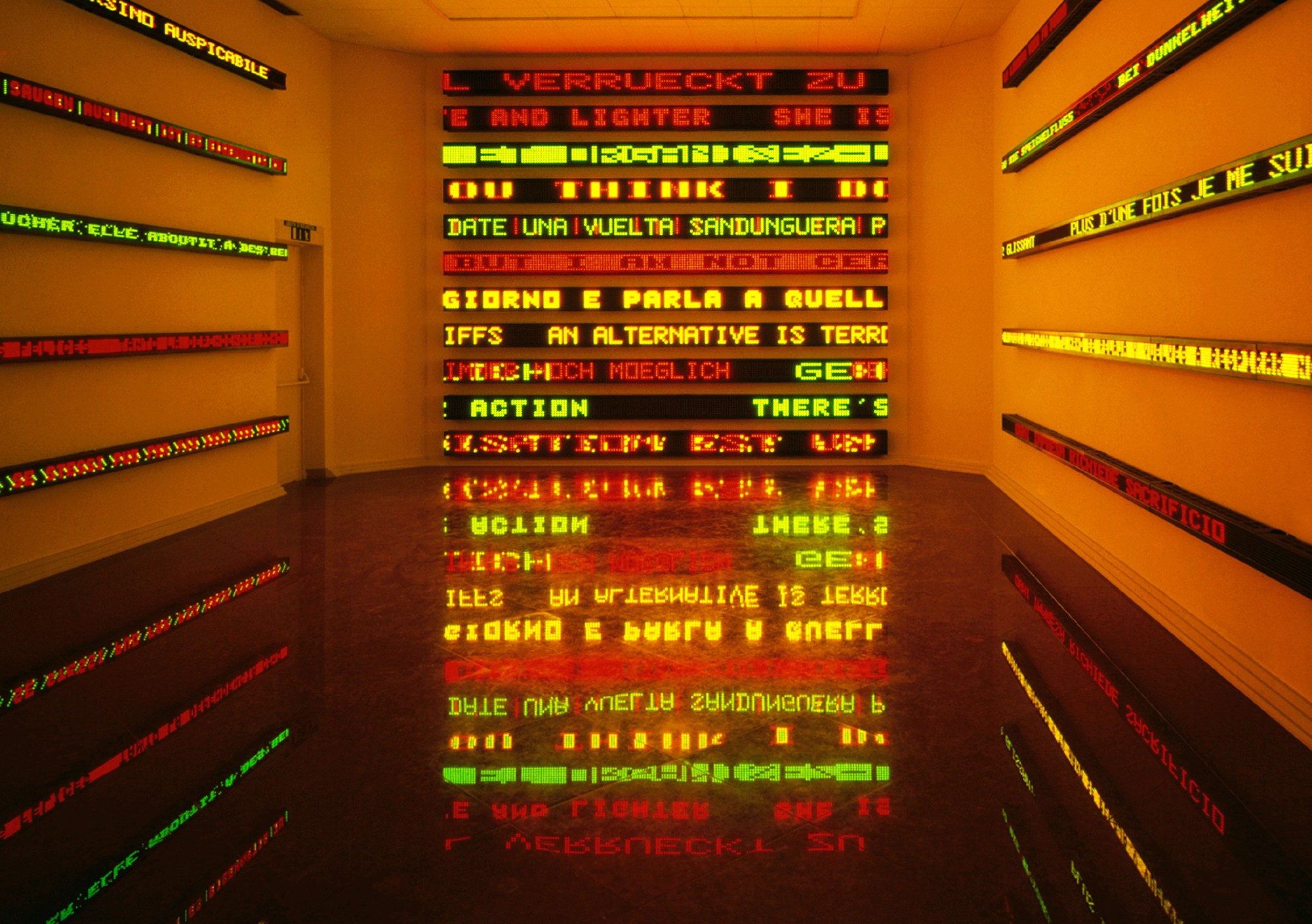
The US Pavilion at the 1990 Venice Biennale
Following her successful solo show at the Guggenheim in 1990, Holzer was the first woman to represent the US at the Venice Biennale and won the prestigious award for best pavilion. The exhibition solidified a change in her work; phrases from Truisms and Inflammatory Essays were engraved into the marble floors and on stone benches. Twelve vertical LED signs were programmed with text from a new series titled Mother and Child (1990), which unlike the genderless voice of her early work, focused on the mother-child relationship and were “anguished, distinctly female, and personal”. In another room, multiple flashing signs created a retrospective of all Holzer’s text works to date, running in three colours and five languages. Outside of the pavilion, at the airport, train and vaporetti stations, streets and alleyways, her signature posters, hats and t-shirts were all sold at tourist retail stands.
Lustmord (1993-94) – top image
Holzer’s Lustmord work was created to draw attention to the numerous rapes and sexual murders that were taking place during the Bosnian War. ‘Lustmord’ is German word used to describe sexual murder and is often used in connection with rape. For Lustmord, Holzer created three poems that recounted a sex crime one from the perspective of the perpetrator, the other from the victim, and the last from the observer. Along with creating an LED installation, Holzer wrote and photographed the lines of the poems on women’s skin. When exhibited, she mixed the order up. By doing so, the viewer was implicated through their interpretation of the work, forcing them to negotiate with situations of rape culture and victim blaming.
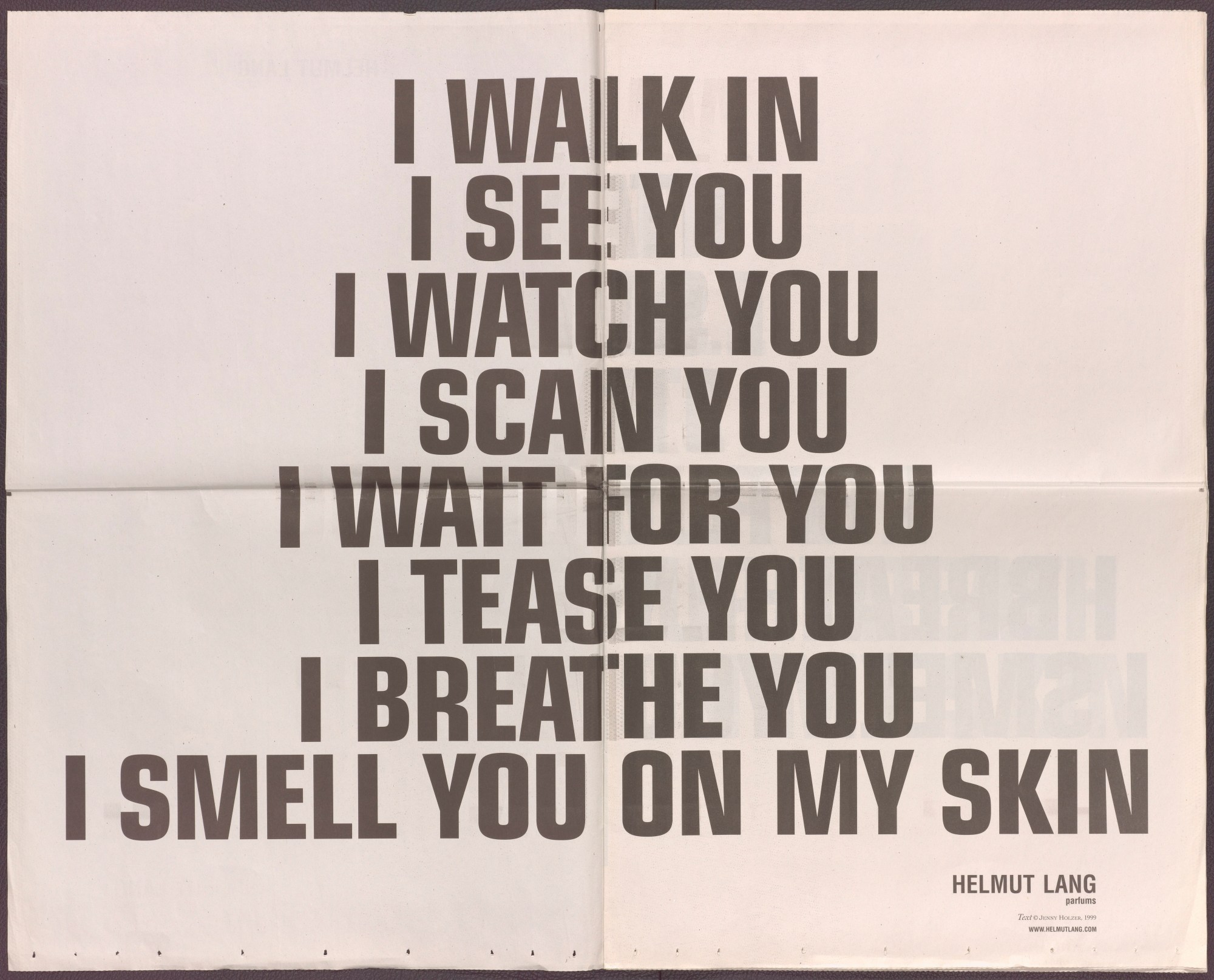
Her collaboration with Helmut Lang for the 1996 Florence Fashion Biennale
In 1996, Interview magazine’s editor Ingrid Sischy was named the Artistic Director of the inaugural Florence Fashion Biennale. Sischy paired Holzer with the fashion designer Helmut Lang, to see how the different crafts could interact. They devised I Smell You on My Clothes, which explored how the scent left behind on clothes, or on one’s bed sheets, were able to summon memories and an absent presence. Lang created an aroma for the space, “a blend of clean shirts, dirty linen, sweat and sperm”, while Holzer produced two LED works, which pulsed with phrases of lust and obsession. ‘YOU ARE THE ONE; YOU ARE THE ONE WHO DID THIS TO ME; YOU ARE MY OWN.’

Jenny Holzer: OH at the Neue Nationalgalerie, Berlin, 2001
Holzer’s mastery of electronic light was exemplified by her 2001 installation for Berlin’s Neue Nationalgalerie: 13 LEDs of amber text 49 metres long, scrolled across the ceiling of the Mies van der Rohe building. The work was so popular that it became part of their permanent collection. This was the last work to feature Holzer’s own words. In conversation with fellow artist Kiki Smith, she explained, “I’m not a writer. The only way I could write was by pretending to be any number of people… That gave me enough shelter to show what inevitably was personal, but also to have the content be for and about others… I’m going to give myself a break, use my eyes, and go to people who really are writers — mostly poets, because this will let me expand my subject matter and emotional range, and hopefully make the work stronger.”
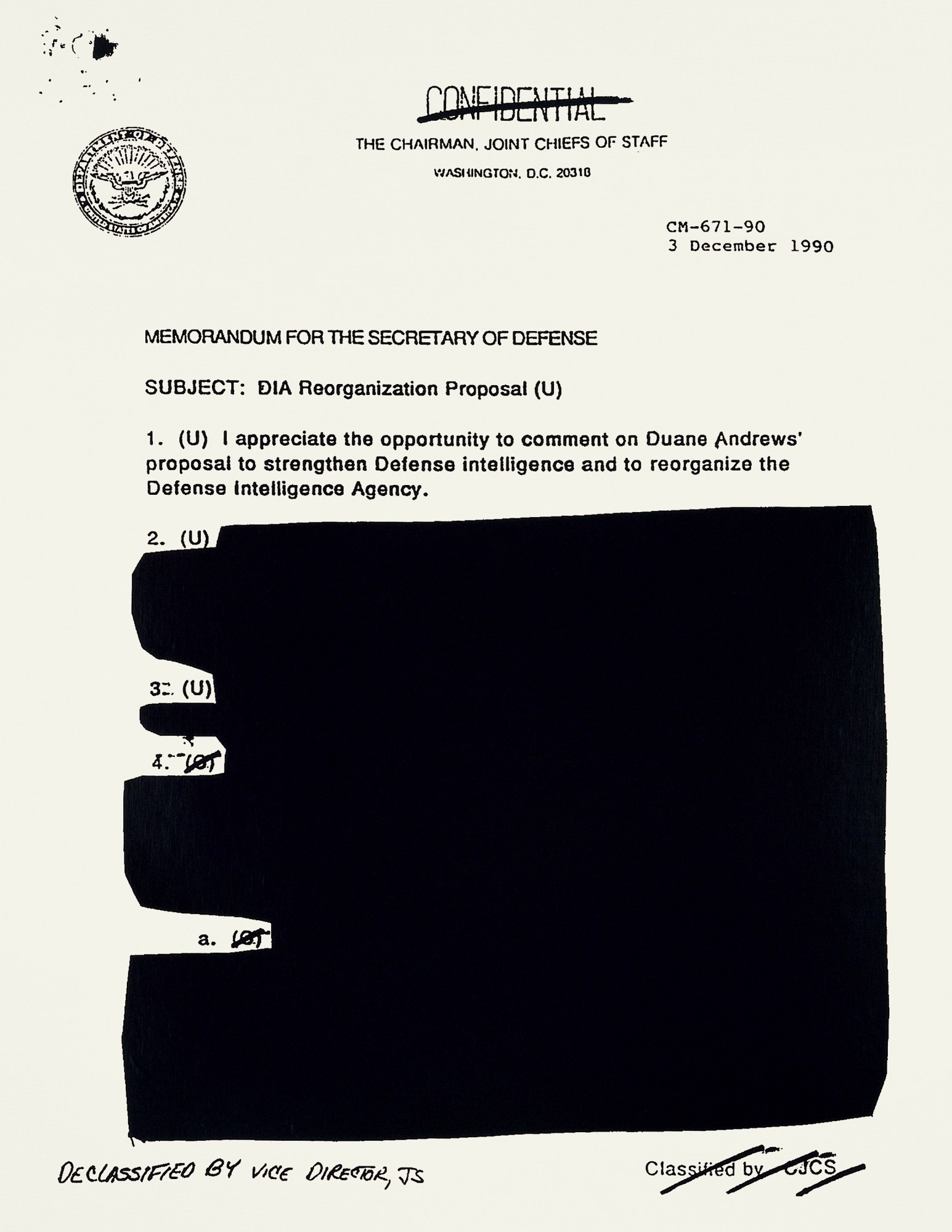
Redaction Paintings series (2006-)
The Redaction Paintings were Holzer’s first exhibited works on canvas, composed of enlarged silkscreens of declassified and censored American military and intelligence documents. Holzer began to use these government documents in her work in 2004, obtaining them through the US 1966 Freedom of Information Act, which allows any requesting member of the public to view declassified files. The ‘redaction’ in the title refers to the censoring of information within the documents, which address national security, counter-terrorism, foreign relations and prisoner abuse.
